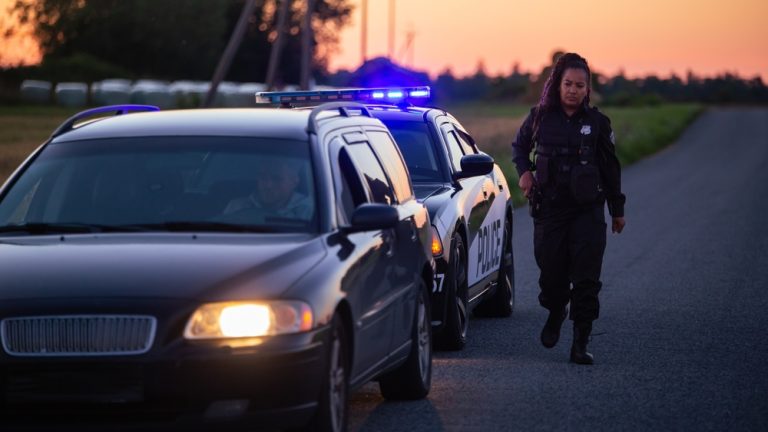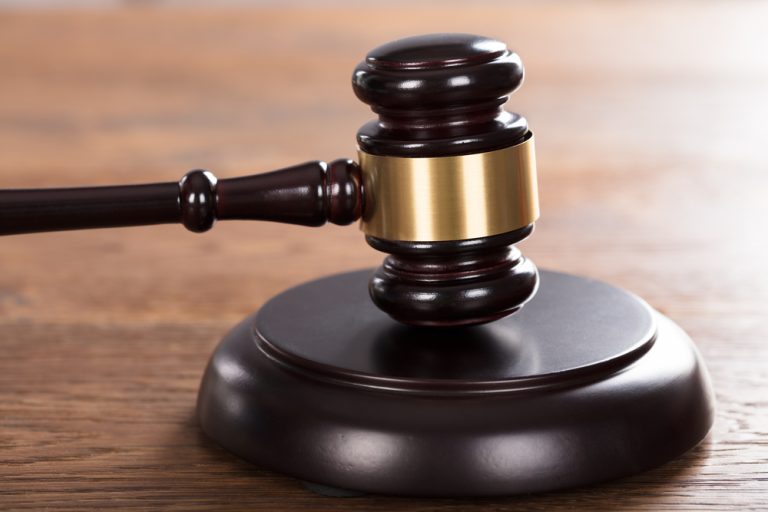Hope Rests with Supreme Court to Clarify How TCPA Applies to Current Tech
Hope Rests with Supreme Court to Clarify How TCPA Applies to Current Tech
In Facebook v. Duguid, the U.S. Supreme Court will clarify if the decades-old Telephone Consumer Protection Act applies to newer technology like the smartphone, which could not have been contemplated by Congress in 1991. RumbergerKirk partner Samantha Duke explains implications of a future decision.
A case before the U.S. Supreme Court has significant implications for the future of marketing and cellphone spam, and may also instruct further questions about the application of the Telephone Consumer Protection Act (TCPA) and other statutes in the face of technology changes.
At issue before the court in Facebook v. Duguid is whether the definition of an “automatic telephone dialing system” in the TCPA encompasses any device that can “store” and “automatically dial” telephone numbers, even if the device does not “us[e] a random or sequential number generator.”
With its decision to hear the case, the Supreme Court could clarify one aspect of the TCPA and potentially avoid an unconstitutional application of the TCPA to current and ubiquitous technologies, such as the smartphone. Oral arguments were Dec. 8.
Enacted in 1991, the TCPA regulates a range of telemarketing practices. The part of the statute at issue in Duguid bans “using any automatic telephone dialing system or an artificial or prerecorded voice” — i.e., “robocalls” — to call or text cellphones without consent.
The TCPA defines an automatic telephone dialing system, or ATDS, as “equipment which has the capacity — (A) to store or produce telephone numbers to be called, using a random or sequential number generator; and (B) to dial such numbers.” This provision makes it unlawful to use an ATDS to call hospital rooms, 911 operators, and— important for many companies—wireless numbers.
The concern in 1991 was over a specific practice where telemarketers, whose equipment randomly or sequentially dialed numbers, would shut down hospital switchboards, knock out cellular networks, and aggravate consumers with pricey per-minute charges.
Decades after its enactment, the definition of ATDS remains the same and many courts have struggled with its application to modern technologies such as the smartphone. Currently, nearly every person communicates via smartphone, and these calls and texts that are sent are often received by a wireless number, implicating the TCPA.
The question before the Supreme Court will clarify the application of this decades-old statute to a technology that could not have been contemplated by Congress in 1991.
Options the Court Faces
With Duguid, the Supreme Court is faced with two options (although it could craft its own). First, it could apply a broad view of the definition of ATDS, the one adopted by the Ninth Circuit Court of Appeals, and find that the TCPA covers equipment that can “store” “numbers to be called” and “dial such numbers,” regardless of whether the equipment uses a random or sequential number generator.
Or, second, the court could apply a narrow view of the TCPA and find that the definition of ATDS only covers equipment that uses a random or sequential number generator.
If the Supreme Court adopts the broader view, the practical consequences could result in every smartphone being considered an ATDS and subject many persons and companies to liability, which raises First Amendment and overbreadth concerns. As the Ninth Circuit held in Marks v. Crunch San Diego, LLC, an ATDS need only have the “capacity…to store numbers to be called” and “to dial such numbers automatically.”
Under this interpretation, equipment can dial “automatically” “even if the system must be… triggered by a person”; it need not “operate without any human intervention whatsoever,” so long as it “engage[s] in automatic dialing.”
These days, it is hard to think of a smartphone that does not have that capacity. For example, when a user commands Siri to dial a number from their contact list, that communication may be in violation of the TCPA if the number called is a mobile phone. The same may be said for every time a “do not disturb” message is automatically sent in a group text.
Broader or Narrower Reading Implications
The broader reading of ATDS has First Amendment implications because it subjects a broad swath of communications to potential liability, thereby potentially suppressing desired, protected communications between a business and their customers. Even content-neutral legislation and commercial speech is subject to a heightened level of scrutiny and requires that the restriction be “narrowly tailored to serve a significant governmental interest.”
An interpretation of ATDS that covers smartphones, however, is not a sufficiently tailored means of achieving the asserted government interest in regulating these communications (i.e. the harms of telemarketing or privacy concerns). The government should not subject millions of calls and texts a day to the threat of damages under the TCPA on the off chance that some of them may be unwanted.
If the Supreme Court applies the broader view, then the TCPA will arguably capture nearly every modern calling device thereby subjecting many companies to potential exposure under the TCPA and in effect curtailing their ability to communicate with their customers.
By contrast, if the court adopts the narrow view (or a narrower view), then overbreadth concerns may be satisfied as the TCPA will be more focused on prohibiting the harmful and undesired communications it was enacted to prevent.
The counterargument, as asserted by the plaintiff in Duguid, is that if the narrow view is taken, then it could “unleash the torrent of robocalls Congress wrote the TCPA to stop” because it would render the ban on robocalls “inapplicable to the vast bulk of automatically dialed calls and texts to cellphones.”
A decision is expected by the end of June 2021.
This article was reproduced with permission from Bloomberg Law. Published December 21, 2020. Copyright 2020 The Bureau of National Affairs, Inc. 800-372- 1033. For further use, please visit http://www.bna.com/copyright-permission-request/







